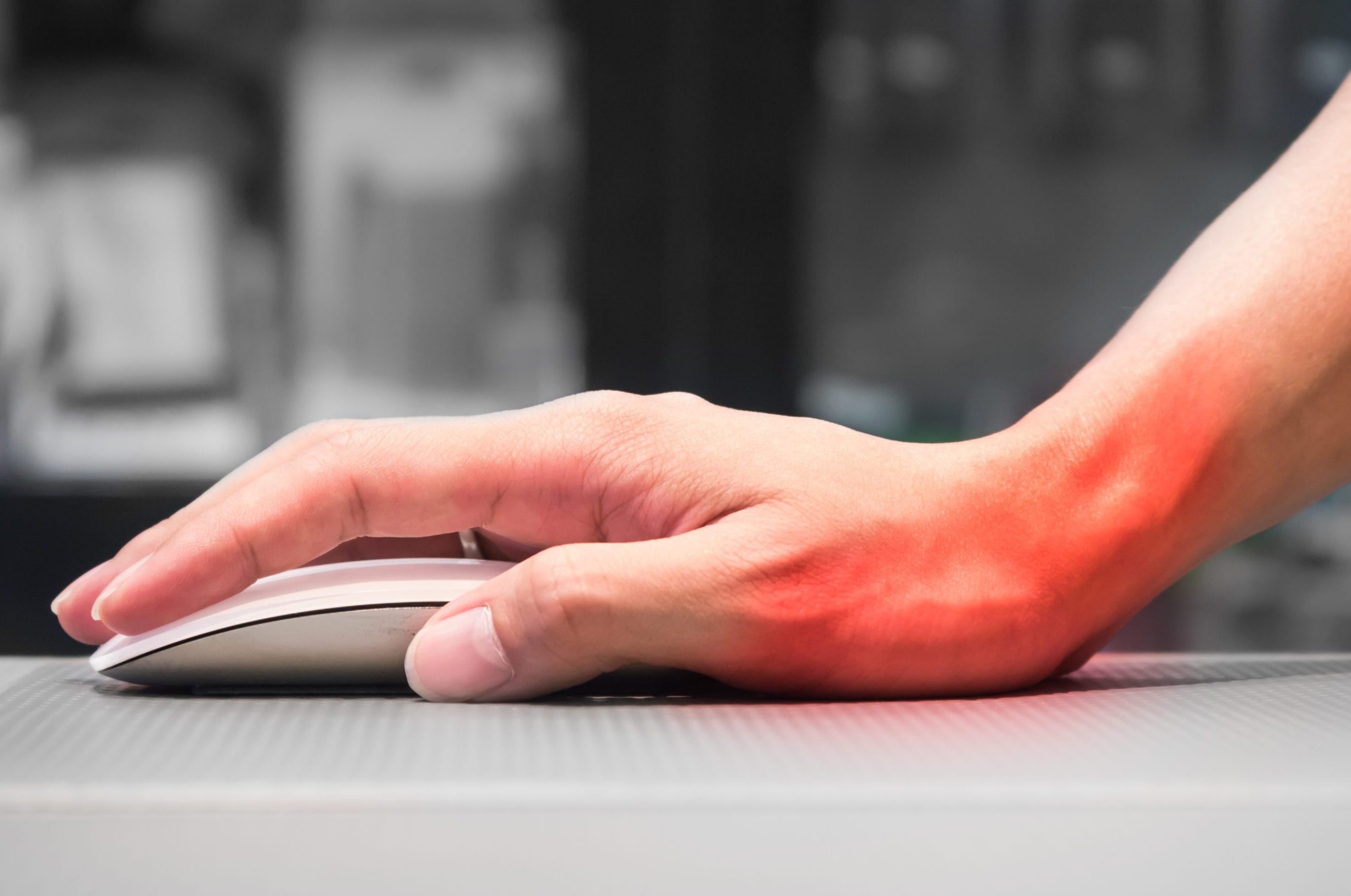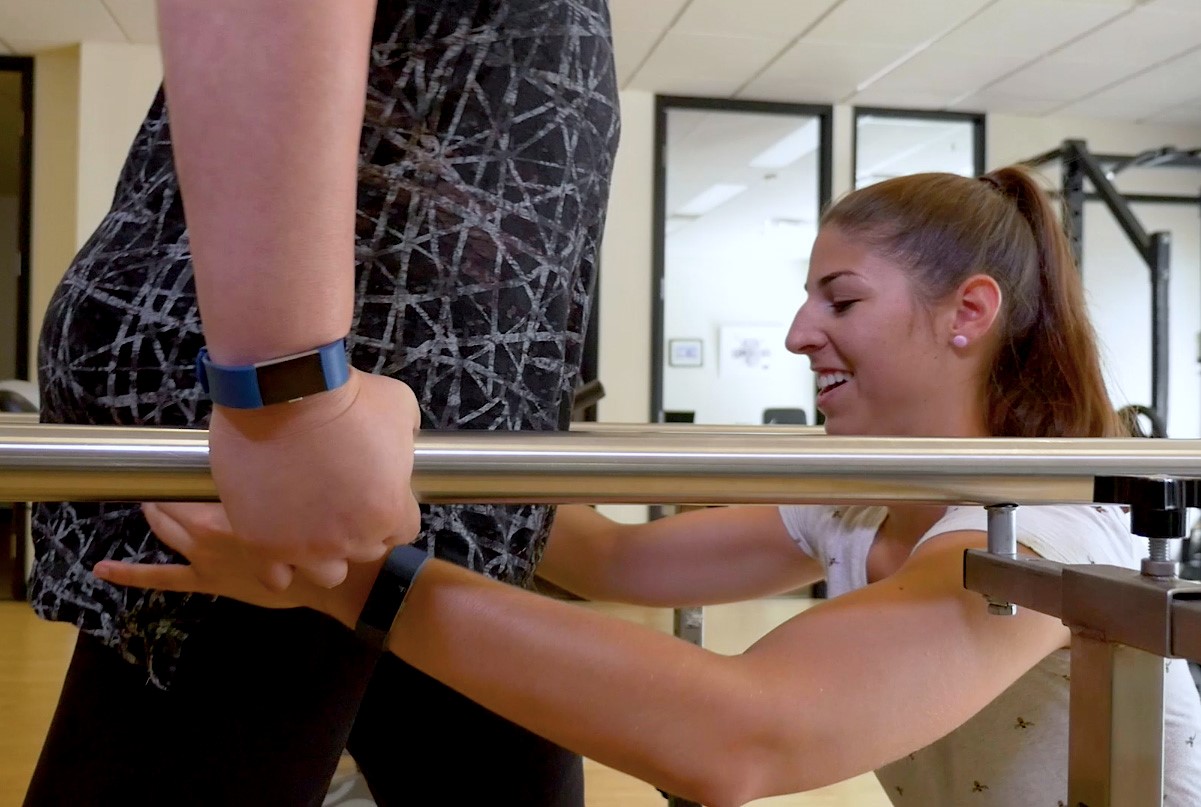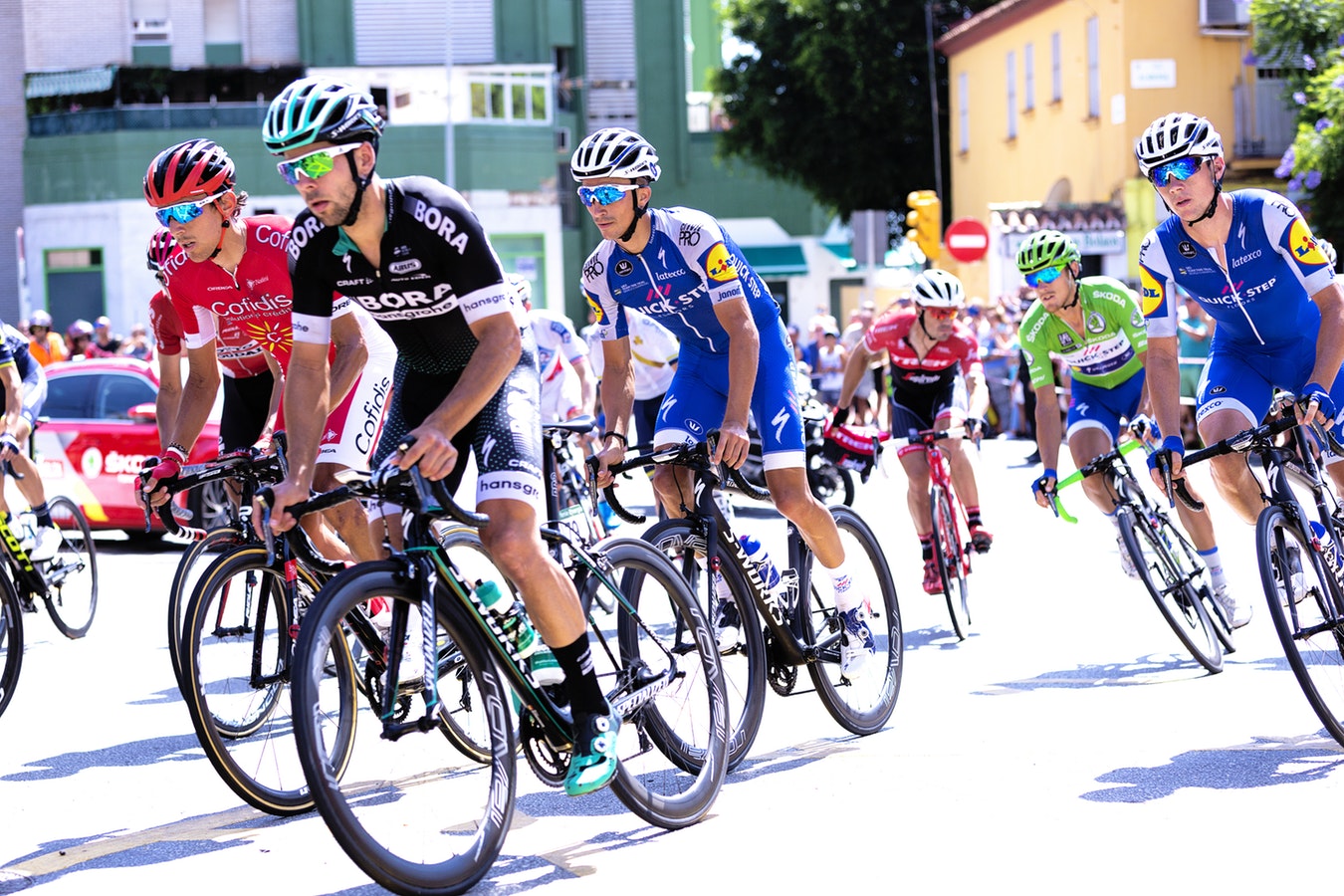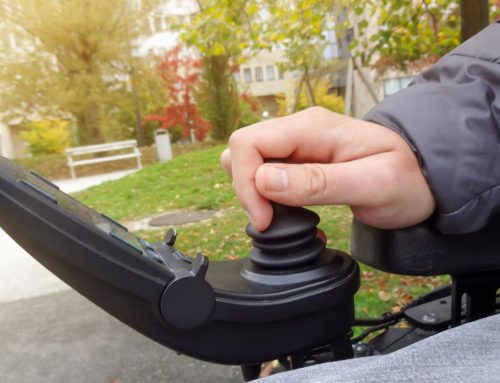Splinting plays a vital role in rehabilitation by providing support, stability, and protection to various parts of the body. Whether used to prevent deformities, assist with functional movement, or aid in the healing process, splints are carefully crafted to meet the unique needs of each client.
At Propel Physiotherapy, our occupational therapists are skilled in fabricating custom splints that address a wide range of conditions. In this blog, we will explore what splints are, how they differ from other support devices like casts and orthoses, and how splinting is used in rehabilitation to improve outcomes for our clients.
Table of Contents:
- What is a splint?
- How are splints different from casts or orthoses?
- Types of splints
- Splint design and fabrication
- How is splinting used in rehabilitation?
- Conclusion
What is a Splint?
Splints are devices designed to maintain the body in a certain position. These devices are used to prevent or correct deformities, and/or to help overcome activity limitations, such as difficulties with opening the hand, standing and walking.
They are commonly made out of low temperature thermoplastics that can be heated and moulded directly onto the body. They can be fabricated during a treatment session and can be modified and heated again if the position needs to be changed or the design of the splint needs to be modified.
How are Splints Different from Cast, and Orthoses?
The International Organization for Standardization (1998) has recommended that the term “orthoses” be used for all splints, casts and orthoses. This organization defines orthoses as, “externally applied devices used to modify the structural and functional characteristics of the neuro-muscular and skeletal systems by applying forces to the body”, regardless of the material used.
Casts are made of plaster or fiberglass, commonly used to cast broken bones. They may be solid or removable (that is, cut in half down the length of the cast to allow removal for periods of time). Casts are usually applied for periods between two and six weeks or longer depending on the need for the injury being treated.
Sometimes, casts are removed and reapplied to increase the stretching effect on the muscles when improvement has been observed. This is referred to as serial casting.
Orthoses are usually custom-made same as the splints but fabricated with a high temperature plastic. Although orthoses take longer to make than splints, they are more durable and can be used for longer periods of time. However, they cannot be reshaped if the position needs to change. A very common orthosis is the AFO brace (Ankle Foot Orthosis).
Types of Splints
In 1992, the American Society of Hand Therapy published the scientific system of classifying splints/orthoses based on function called the Orthoses Classification System (OCS) or Splint Classification system (SCS), which divides them into:
- Articular Splints – based on the location, direction, purpose, type of splint
- Non-articular Splints – only defined by the location where it is used
In 2004, a classification for prosthetics was added creating the new Expanded Orthoses Classification System (EOCS). Prosthetics are artificial body parts also fabricated in different material to treat specific condition.
The new classification also redefined the types of splints and divided them in three categories based on the purpose of them:
- Immobilization – stop motion of the main/ primary joint via external force
- Mobilization – increase motion at main/ primary joint via external forces
- Restriction – limit normal arc of motion of main/primary joint via external force
Splinting: Design and Fabrication
The type of the splint required is identified during your assessment with the occupational therapist and designed during the session. The fabrication of a splint is individualized and tailored to meet the needs of each client.
The appropriate material is selected and mechanical principals for splint fabrication is followed by a trained therapist, respecting the anatomical function of the body and goals to be achieved with the splint.
In this video, I demonstrate the fabrication of a wrist splint from the design stage until completion where the splint is affixed with Velcro.
How is Splinting Used in Rehabilitation?
A splint or orthosis is used in conjunction with physiotherapy or occupational therapy treatment for many conditions.
Splints have several distinct functions, including:
- Maintaining Muscle Length/Improving Function – Some clients, after a stroke, have an increase in muscle tone and difficulties in opening the hand. In this case a resting splint that can help maintain the hand open when the client is at rest will reduce muscle tension and facilitate the use of the hand during exercise and/or daily tasks.
- Reducing Pain/Preventing Deformity – Some other clients have osteoarthritis feeling pain at the joints of their fingers. In this case a splint can help to alleviate the pain due to the inflammatory condition by providing rest and protecting the joint in a proper alignment.
- Adaptation/Increasing Independence – Children that are learning to write occasionally have challenges with a proper pencil grip. A splint adaptation can be created to facilitate the position of the finger when writing and improve function.
- Immobilizing/Facilitating Healing – Many of our clients are very active and when playing sports may injury their hands (example: thumb sprain or mallet finger when playing volleyball). The splint is a perfect tool to restrict the movement until the healing of the injury structure (ligament, tendon) is completed.
Splinting materials can be also used to create and adapt tools to facilitate the independent use of objects during daily tasks, such as a fork adaptation for feeding, a pencil adaptation for writing or a finger support for typing.
Conclusion
Splinting is a therapeutic technique that uses customized or prefabricated materials to help support, immobilize, or increase range of motion depending on the specific needs of the client.
Over the years, the classification of the types of orthoses and splints changed to best capture the complexity and purpose of each splint design. New materials are often available on the market allowing therapists to have different options when fabricating a new splint, or adapting a pre-fabricated one.
At Propel, our occupational therapists are trained in splint fabrication and can also offer proper guidance when choosing a pre-fabricated splint. If you have any questions about a splint you may have or require a new splint, do not hesitate to contact one of our occupational therapists for a consultation.
Written by

















